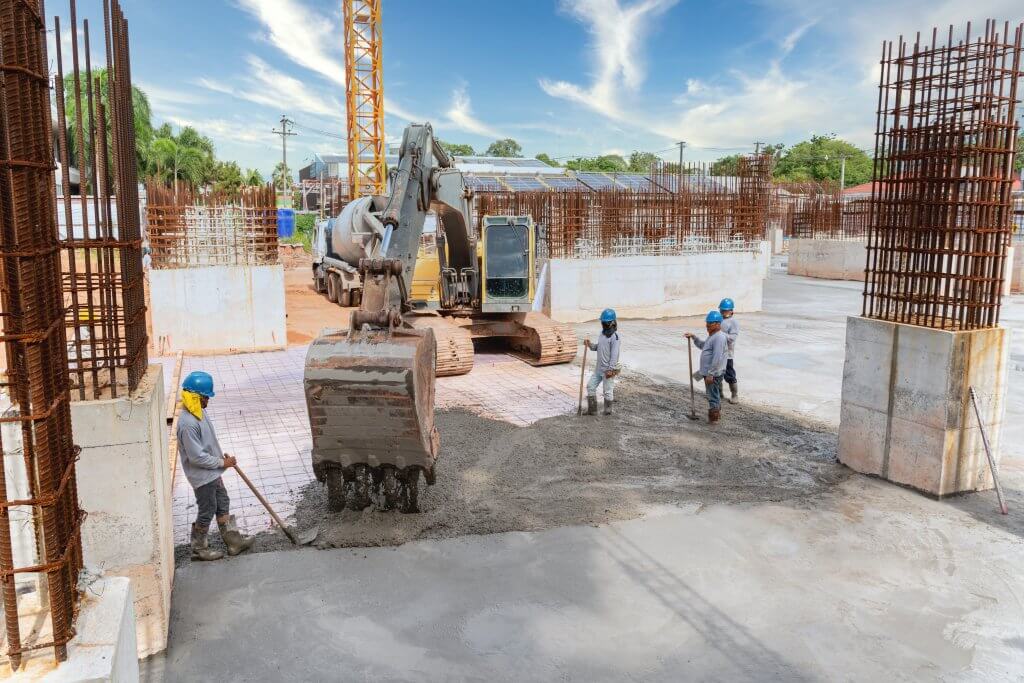April 30, 2024
In the dynamic landscape of construction, success hinges on more than just blueprints and building materials. It’s a complex interplay of project management, stakeholder coordination, and adherence to timelines and budgets. Amidst these intricacies, performance metrics in construction contracts emerge as crucial instruments for ensuring efficiency, accountability, and ultimately, project success.
Understanding Performance Metrics
Performance metrics are quantifiable measures used to assess various aspects of project performance. In the realm of construction contracts, these metrics serve as benchmarks against which the progress, quality, and compliance of work are evaluated. From the perspective of both contractors and clients, these metrics provide invaluable insights into project health and effectiveness.
Key Performance Metrics in Construction Contracts
- Schedule Adherence: Timelines are the backbone of any construction project. Metrics tracking schedule adherence assess how well the project is meeting its milestones and completion dates. Delays can have cascading effects, impacting costs, resources, and overall project success. Therefore, closely monitoring and addressing deviations from the schedule is essential.
- Cost Management: Construction projects are notorious for their potential to overrun budgets. Cost-related metrics evaluate expenditure against budget allocations, highlighting areas of overspending or cost-saving opportunities. By diligently tracking costs throughout the project lifecycle, stakeholders can make informed decisions to mitigate financial risks and optimize resource allocation.
- Quality Control: High-quality workmanship is non-negotiable in construction. Metrics related to quality control assess the adherence to specifications, standards, and regulations. Whether it’s through inspections, defect rates, or client satisfaction surveys, these metrics ensure that the final deliverables meet the desired level of quality.
- Safety Performance: Construction sites are inherently hazardous environments, making safety a paramount concern. Safety performance metrics track indicators such as accident frequency, compliance with safety protocols, and near-miss incidents. Prioritizing safety not only protects workers and stakeholders but also minimizes disruptions and legal liabilities.
- Client Satisfaction: Ultimately, client satisfaction is a crucial measure of project success. Metrics gauging client satisfaction encompass factors such as communication effectiveness, responsiveness to feedback, and overall project experience. Positive client feedback not only fosters long-term relationships but also enhances the contractor’s reputation within the industry.
Leveraging Performance Metrics for Success
- Clear and Measurable Objectives: Establishing clear, measurable objectives is the foundation for effective performance measurement. Contracts should outline specific metrics, targets, and evaluation criteria agreed upon by all parties involved.
- Real-Time Monitoring and Reporting: With advancements in technology, real-time monitoring tools and project management software enable stakeholders to track performance metrics continuously. Regular reporting and analysis of performance data facilitate proactive decision-making and timely intervention to address issues as they arise.
- Incentivizing Performance: Incentive-based contracts tie financial rewards or penalties to performance metrics, incentivizing contractors to meet or exceed expectations. This approach aligns the interests of all parties towards project success and fosters a culture of accountability and excellence.
- Continuous Improvement: Performance metrics should not be static but evolve over time based on lessons learned and changing project dynamics. Regular reviews and feedback loops allow for course corrections and continuous improvement throughout the project lifecycle.
- Transparency and Collaboration: Open communication and collaboration between all stakeholders are essential for leveraging performance metrics effectively. Transparency regarding performance data promotes trust and accountability, fostering stronger partnerships and driving collective efforts towards project goals.
Conclusion
In the intricate web of construction contracts, performance metrics serve as guiding beacons, illuminating the path to success. By embracing a data-driven approach and leveraging key performance indicators, stakeholders can navigate challenges, optimize resources, and deliver projects that meet or exceed expectations. In an industry where precision and efficiency are paramount, harnessing the power of performance metrics is not just a strategy—it’s a prerequisite for sustainable growth and excellence.
Save time and minimize risk with the most trusted contracts in the construction industry – powered by AIA Contract Documents’ next-generation platform, Catina. Request a Demo Here.
AIA Contract Documents has provided this article for general informational purposes only. The information provided is not legal opinion or legal advice and does not create an attorney-client relationship of any kind. This article is also not intended to provide guidance as to how project parties should interpret their specific contracts or resolve contract disputes, as those decisions will need to be made in consultation with legal counsel, insurance counsel, and other professionals, and based upon a multitude of factors.

